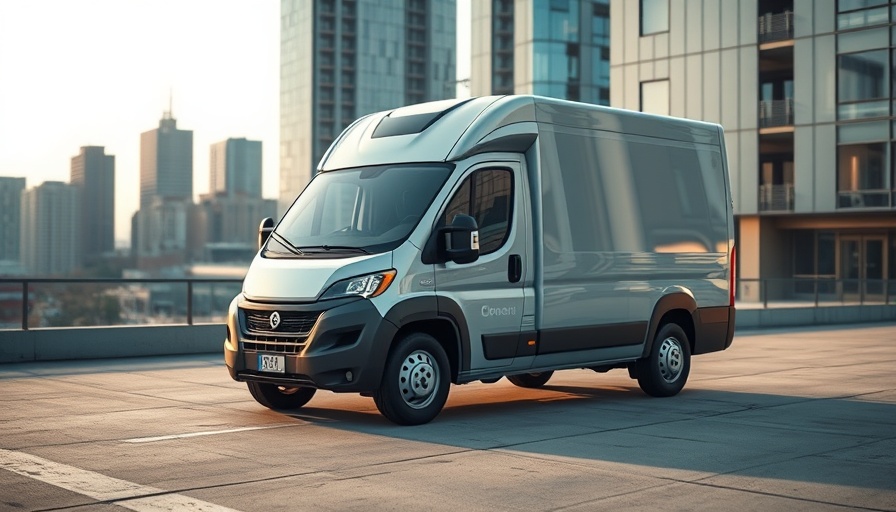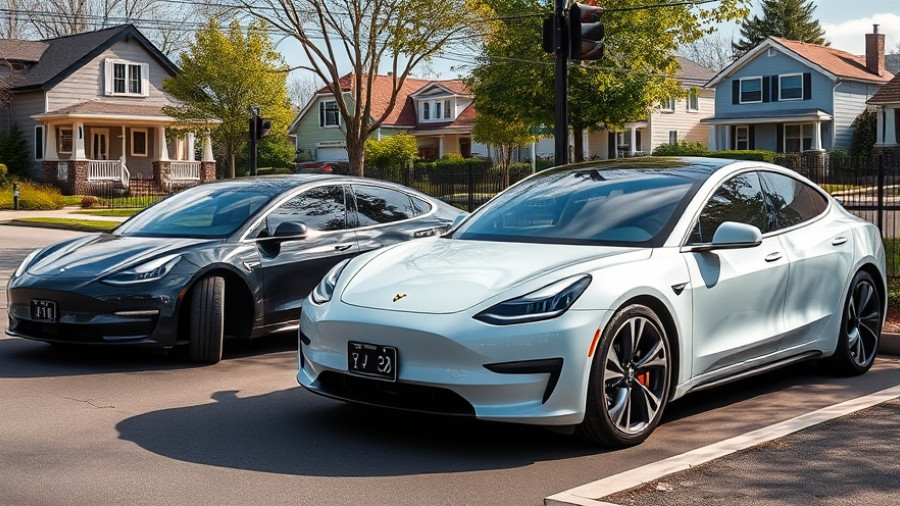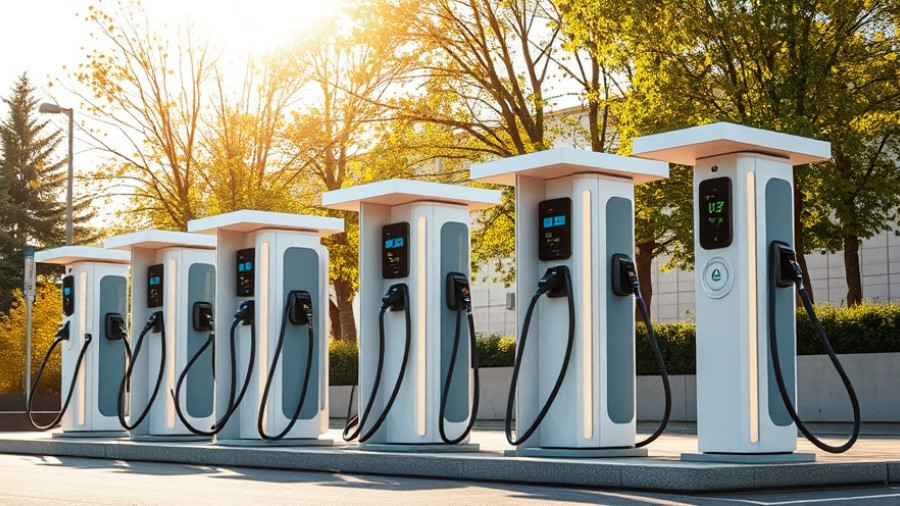
A Major Milestone in Electric Truck Development
The collaboration between Cummins' electric brand Accelera and Isuzu marks a pivotal moment in the transition towards sustainable commercial transportation. With the unveiling of their new battery-electric powertrain for the F-Series trucks, the industry is signaling a robust commitment to reducing carbon footprints in heavy-duty trucking.
Powertrain Innovations: What to Expect
Set to go into production in 2027, the new powertrain integrates advanced technologies, including a next-generation battery and a 14Xe eAxle. This new electric drivetrain is equipped with lithium iron phosphate (LFP) batteries, which are known for their thermal stability and longevity. Furthermore, Accelera emphasizes this system’s efficiency with a new PCAS 3.0 platform that is significantly smaller – reducing space requirements by 70% compared to earlier models. These enhancements suggest a future where electric trucks offer performance on par with their diesel counterparts.
Why the F-Series Matters
When it comes to medium-duty vehicles, the F-Series carries substantial weight in the commercial sector. With a gross vehicle weight ranging between 11.8 to 15 tonnes, this series is essential for companies looking to transition towards greener operations. By introducing an electric version alongside traditional models, Isuzu is positioning itself at the forefront of electrification trends in the commercial vehicle market. This not only caters to business owners who are environmentally conscious but also capitalizes on new regulations promoting zero-emission vehicles across various regions.
Strategic Manufacturing Decisions
Another compelling aspect of this shift is the construction of Isuzu's new electric truck manufacturing plant in South Carolina. This facility aims to streamline production, allowing flexibility in manufacturing both electric and diesel variants. The ability to produce the battery-electric models at the same location as their fossil fuel-powered counterparts boosts logistical efficacy and reinforces Isuzu's commitment to electrification in North America. This aligns with broader efforts to localize electric vehicle production, which can lead to economic growth and job creation within the region.
The Green Energy Movement: Aligning with Broader Trends
As the green energy movement gains momentum, Isuzu and Cummins are not alone in their pursuits. Companies globally are investing substantively in electric propulsion technologies, with collaborations blossoming in various sectors. Isuzu’s mentioning of partnerships with other significant players like Toyota and Honda highlights an industry wide recognition of the electric future. For many homeowners and businesses seeking to leverage green energy, these developments in commercial trucking reflect a promising outlook on sustainable infrastructure. By enhancing electric truck capabilities, we pave the way for a comprehensive ecosystem of green energy solutions.
Future Implications: Economic and Environmental Benefits
The integration of electric trucks into commercial fleets offers significant economic advantages. These include lower operating costs, reduced fuel expenditures, and potential incentives offered by local or state governments for adopting greener technologies. Moreover, with Accelera’s advanced electric powertrain promising to meet the rigorous demands of commercial applications, businesses can transition with assurance, knowing they are investing in reliable technology.
What This Means for Homeowners and Business Owners
The push toward electric trucks and sustainable transport solutions will inevitably impact homeowners and businesses looking to adopt solar and green energy solutions. As electric vehicles become more mainstream, it enhances the necessity for supporting infrastructure such as solar-powered charging stations, which can provide a clean and cost-effective energy source for both trucks and homes. Individuals interested in renewable energy can thus responsibly align their energy consumption with the growing trend of electric vehicles, making a meaningful contribution to a greener planet.
As commercial transportation evolves towards zero emissions, keeping abreast of developments like Accelera's innovative solutions can help in making informed decisions. Be proactive in exploring how these technologies can align with your own sustainability efforts.
 Add Row
Add Row  Add
Add 



Write A Comment